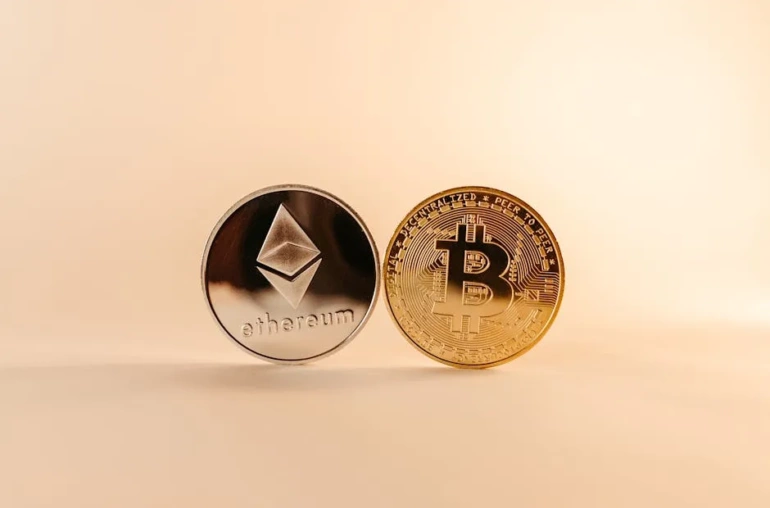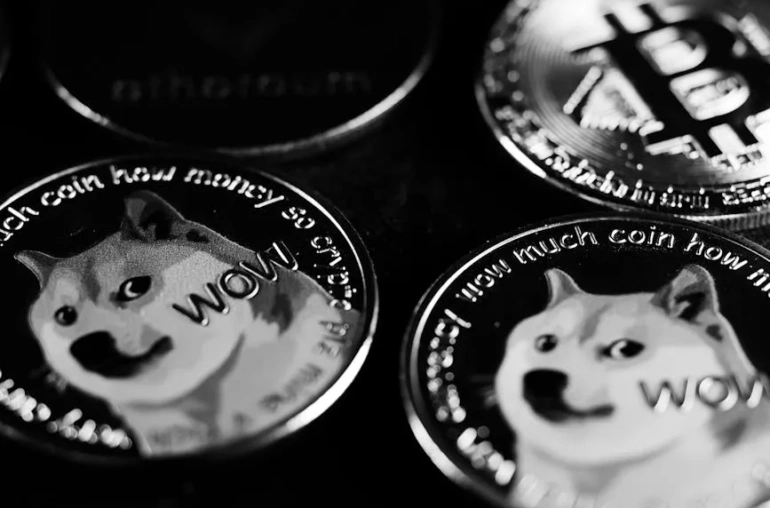
Unlocking the Future: How On-Chain Equities and RWAs Can Amplify Blockchain Value 100x
As the blockchain landscape continues to evolve, many experts are looking toward the future and identifying potential game-changers in the industry. According to Alex Svanevik, CEO of Nansen, on-chain equities and real-world assets (RWAs) are poised to be the next significant opportunities for growth in blockchain value, potentially increasing it by a staggering 100 times.
Understanding On-Chain Equities and RWAs
Before diving into the implications, it’s essential to understand what on-chain equities and RWAs are. On-chain equities refer to traditional stocks that are tokenized on a blockchain, allowing for more secure, efficient, and transparent transactions. This innovation can bridge the gap between traditional finance and the burgeoning world of decentralized finance (DeFi).
Real-world assets (RWAs), on the other hand, encompass a broad range of tangible assets that can be tokenized, such as real estate, commodities, and even art. By representing these assets on the blockchain, they can be fractionalized and traded in a way that was previously unfeasible, opening up new markets and investment opportunities.
The 100x Potential
Svanevik highlights that the integration of RWAs and tokenized stocks could dramatically increase the overall value of the blockchain ecosystem. The current value of blockchain technology is already significant, but the ability to tokenize and trade equities and RWAs could unlock an entirely new level of investment and liquidity.
Imagine being able to invest in a fraction of a high-value piece of real estate or a stake in a major corporation without the usual barriers to entry. This democratization of investment could attract a broader range of investors and increase market participation, leading to a surge in demand and value.
Challenges Ahead
While the potential is enormous, there are also significant challenges to overcome. Regulatory hurdles remain a primary concern, as the integration of traditional assets into the blockchain space must comply with existing financial regulations. Additionally, technological advancements are necessary to ensure the security and efficiency of these transactions.
Moreover, educating investors about the benefits and risks of tokenized assets will be crucial. Building trust in this new system is essential for widespread adoption.
Looking Forward
As we look to the future, the convergence of traditional finance and blockchain technology seems inevitable. With leaders like Nansen’s CEO advocating for the potential of on-chain equities and RWAs, the landscape appears ripe for innovation. Investors should keep a keen eye on developments in this space, as the next wave of opportunities may be just around the corner.
In conclusion, the integration of RWAs and tokenized stocks into the blockchain ecosystem offers a tantalizing glimpse of what the future may hold. As barriers are broken down and new possibilities emerge, we could very well be witnessing the dawn of a new era in finance.



